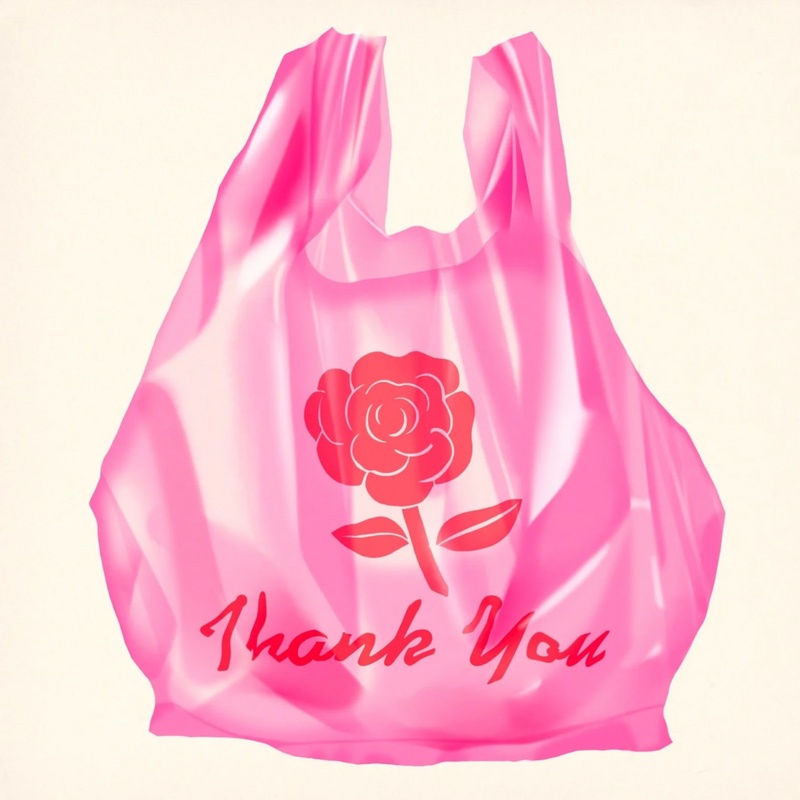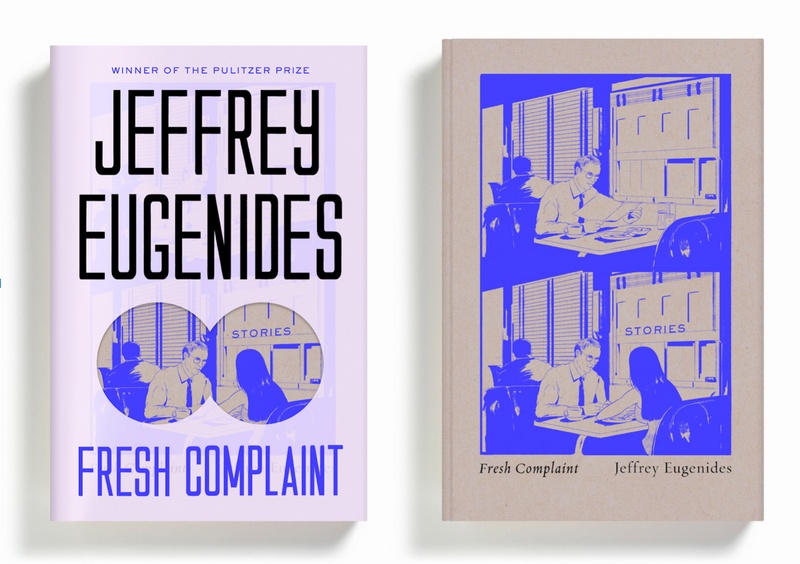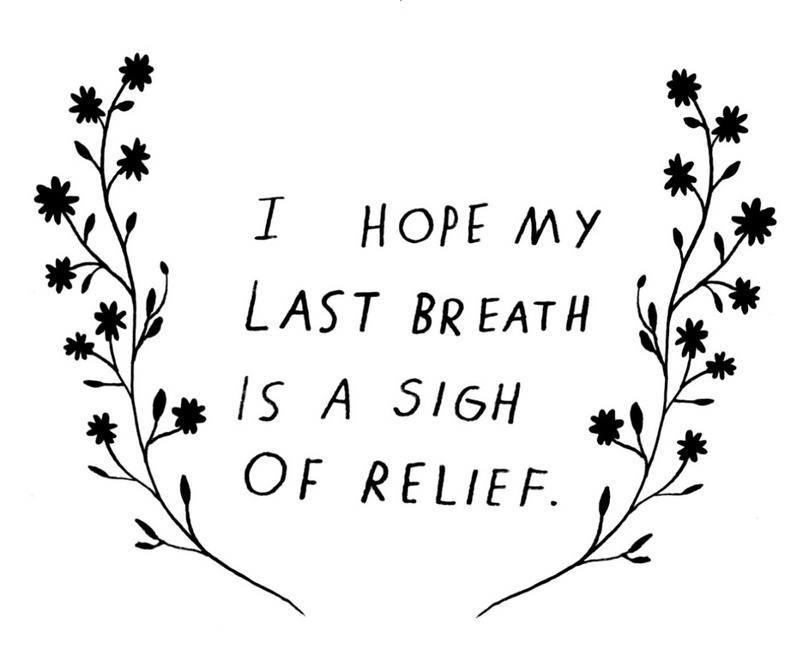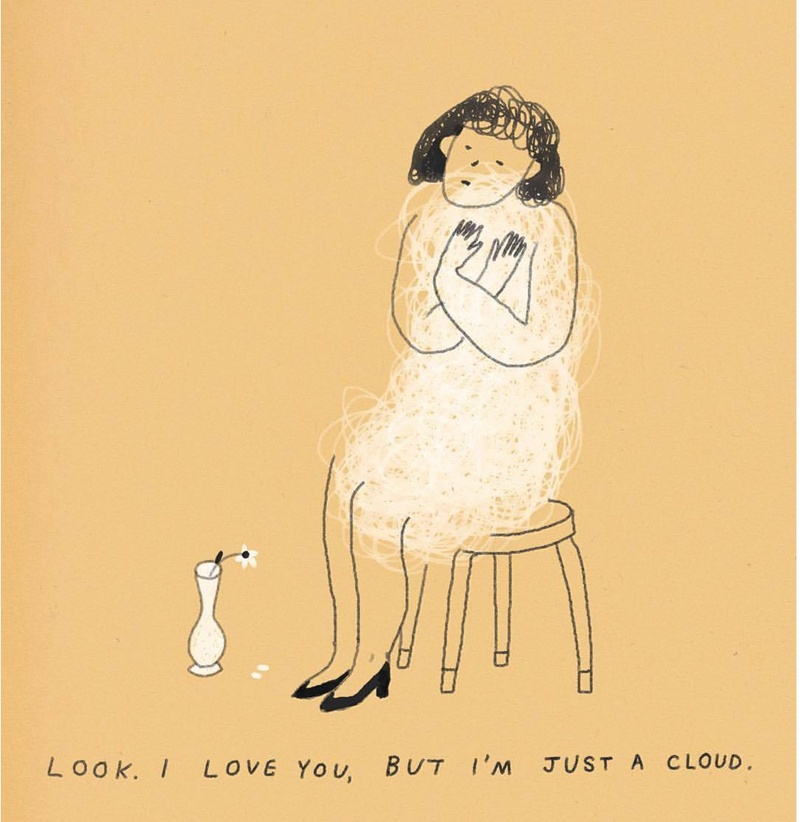How important is it that you like the books you’re designing covers for?
Even if you don’t mean for it to, in some way or another you’re subconsciously judging the value of the book, and if you think it’s bad it’s going to be hard for you to give it a good cover. But I think it’s something that you need to be conscious of. But sometimes horrible books have great covers too. There’s also just a lot of bad covers out there. And some of them are mine.





